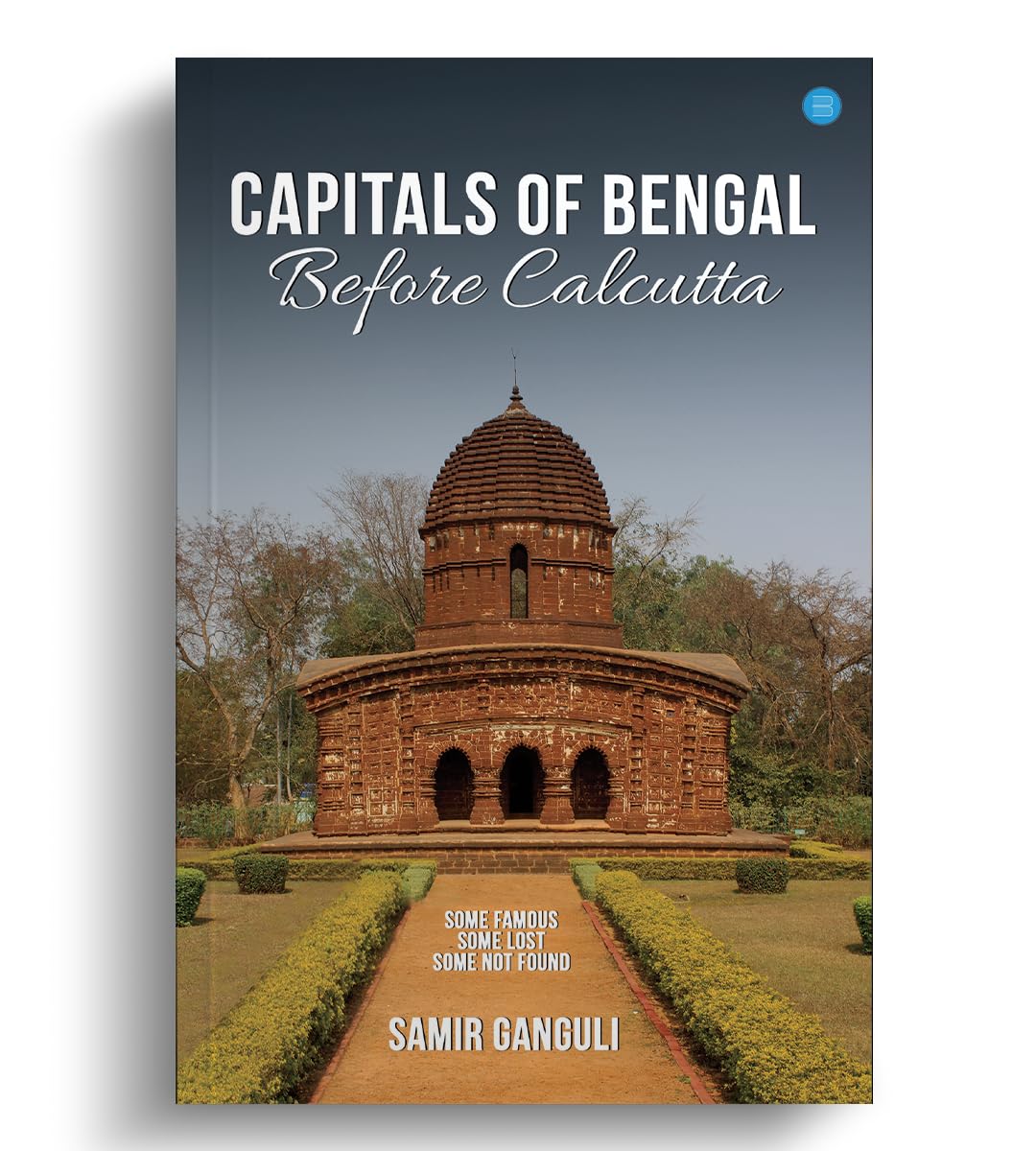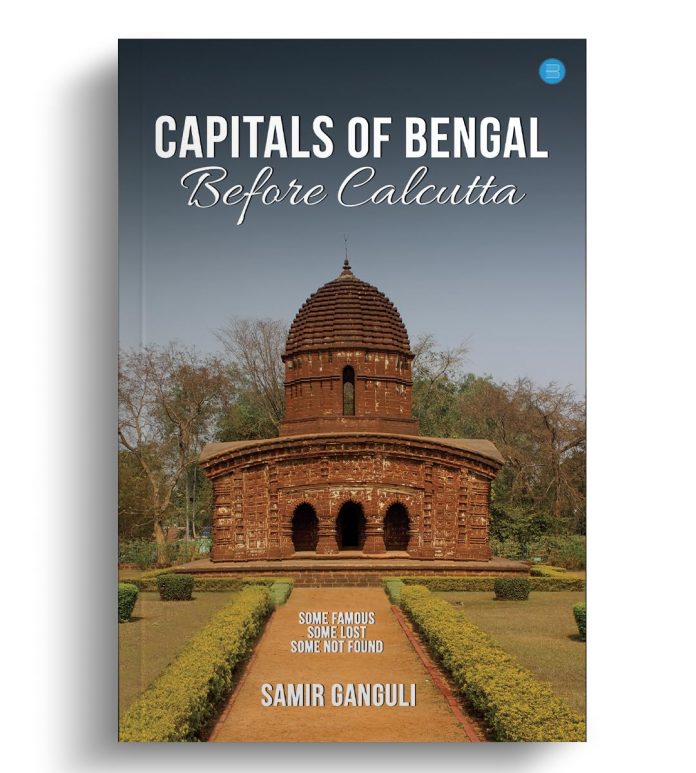Bengal’s history had been sketchy all along which prompted Bankimchandra to quip, “Bengal needs history; otherwise she has no future. Who will write? Why? You’ll write, I shall write.” (Capitals of Bengal)
Extensive work was undertaken by no less a person than Vidyasaagar. He was followed by Nihar Ranjan Ray, Ramesh Chandra Majumdar, Rakhaldas Bandyopadhyaya Jadunath Sarkar et al. They had made rich contributions in compiling a compact history of Bengal.
In addition to these stalwarts many eminent and not-so-eminent persons have done painstaking job in unfolding the uncharted domains of Bengal’s history. The latters’ contributions are no less formidable.

Bengal’s administration has passed many hands down the history. Sometimes it’s rulers have undertaken campaigns beyond the frontiers of their kingdoms and occupied others’ territories. On the contrary rulers from other states or even foreign invaders had occupied Bengal partly. At no point of time the whole of Bengal could be ruled by a single ruler or dynasty except that of Sen dynasty. As such capitals were built at forty five places, some famous, some lost, some not found. They kept shifting from one place to another.
In the book under review the writer though not a person of history has done an exceptionable work in identifying the capitals of those kingdoms scattered over undivided Bengal and thus he has helped throwing some light on the history of a plethora of kings and notable dynasties. What makes this book a unique one is it’s tenacity to locate the unknown areas wherefrom the rulers administered their kingdoms.
The earliest evidences of established kingdoms have been discovered in Mahasthangarh in Bogura district of present Bangladesh over a large area of about 5 kilometers diameters existing since before CE.
Languages used were Sanskrit. Earlier inhabitants were followers of Sanatan dharma. Later on Buddhists’ and Jains’ traces have been uncovered. But the most significant part of the excavations carried out over a large period since early nineteenth century till recent past is the manifestation of a very highly developed society, dominant culture and administrative orderliness.
The researches undertaken in 2004 by Franco-Bangla team established that the idols of Hindu, Bouddha and Jaina deties were broken by Muslim invaders. There are evidences that many structures of pre-Muslim era had been buried underground by the Muslim rule. In the 14th century AD Shah Sultan Balkhi was permitted by the King Parasuram to practice Islam in his domain but Balkhi misused the opportunity to spread Islam and converted Buddhists. Parasuram led war upon him but was killed and his daughter Shila drowned in the Karatoya to escape indignity from Muslim marauders.
The modern day Tamluk remained capital of Bengal. It dates back to the Adi Parva of the Mahabharata. Total forty six kings ruled since 359 BC. The presence of the prince from Tamralipta in Draupadi’s Swayamvara testifies to the existence of Tamralipta at that distant past. Bhim led a campaign on different segments of Bengal including Pundra, Vanga, Tamralipta, Karvata and Suhma. Tamralipta king along with other kings from Bengal made offerings to the Yagnas performed by the Pandavas. The chronicler Sanjay mentions Tamralipta. Krishna and Arjuna defeated by the King Tamradhwaja were highly appreciative of him and befriended him. Hence the antiquity of Tamralipta is established firmly since Mahabharata days. Tamralipta is not an obscure memory rather it was a vibrant fully developed port and capital city since ancient times for nearly several hundred years. Tamralipta and major parts of Bengal capitals were subjected to natural calamities like flood and earthquake. Wooden buildings were erected mainly on the lowland. Only a few patches of high mounds brick and clay buildings were constructed. All the structures were swept away by devastating floods and shifting of river courses brought natural death of the port cities.
In Samatata spread across Eastern most parts of Bengal five dynasties reigned. They had capitals in Rangamati Lalmai. Quite a number of historic evidences have been discovered at Comilla ridges. King Harshavardhana has been accorded more applause by historians than he deserved. He led a campaign against Shasanka of Bengal on an unfounded narrative that the latter caused the death of his brother Rajyavardhana. There is no historical and incidental evidence of death or assassination of Rajyavardhana at the hands of Shasanka conclusively. It is also baseless that Harshavardhana defeated and killed king Shasanka.
Malla kings of Mallabhum around the present Bankura, Purulia, Midnapore, Chotanagpur reigned over a period of 1000 years. . They seized the opportunity of forest, hills and turbulent waterways to fortify their kingdoms against the Mughal and other foreign onslaughts. They even exacted revenue from the British after 1757.
The most vibrant and prominent reign of all in the pre-Muslim era was that of Sena dynasty. The Senas were great patrons of literature and learning. Jaydev the famous poet was a product of this age.
The book is treasure trove of all that one yearns to know about the history of Bengal prior to the foreign invaders came. Even the Koch and Malla Kings could not be subdued by the Turko-Afghan-Mughal foreign invaders. This is a must read for all Bengalis. One word of caution to the author. The dates of various ancient Sanskrit literature furnished are not appropriate. They must be extrapolated backwards by a few thousand years.
Capitals Of Bengal Before Calcutta, Some Famous, Some Lost, Some Not Found
Sudip Narayan Ghosh
